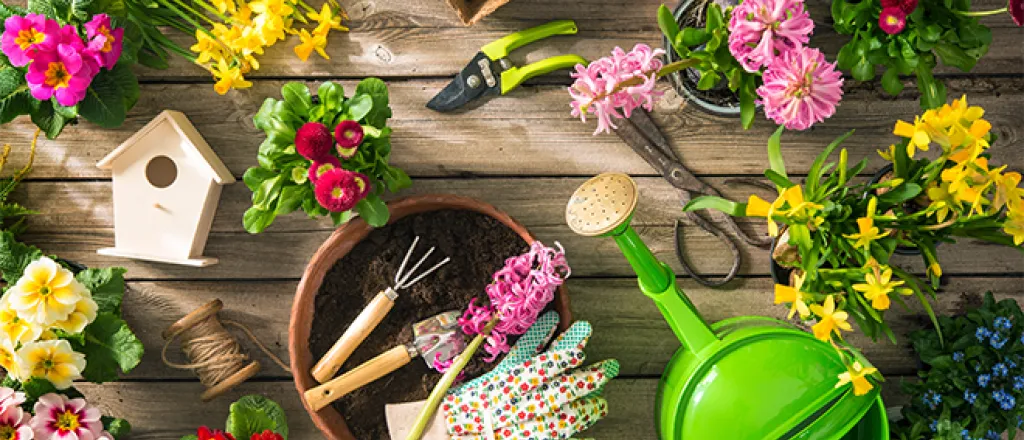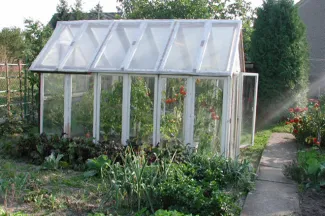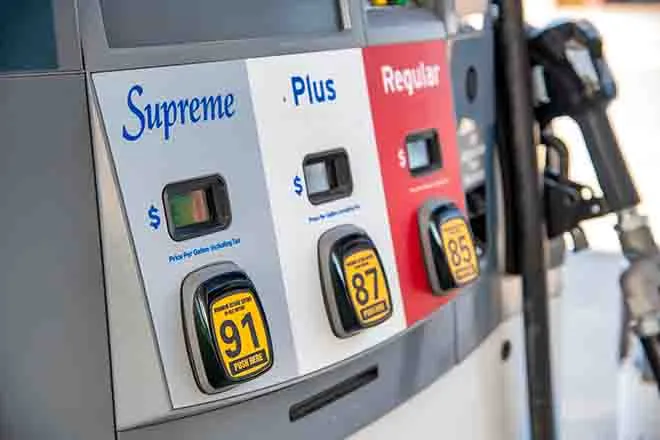
Growing a Vegetable Garden
As the weather warms, we want to go outside and enjoy nature. Many of us decide to grow a vegetable garden because of its many benefits. Growing your own vegetables teaches you about soil, plants, and the environment, and it is fun. Gardening increases the amount of exercise you do, which promotes healthy weight and better sleep. Nurturing growing plants also improves your mood. Gardening can be enjoyed by the whole family at any age. It fosters connection between family members. Harvesting vegetables grown in your own garden gives you a sense of accomplishment. Vegetables picked from your garden usually taste better than storebought ones.

There are several things to consider before you plant seeds or purchase any starter plants. The first thing to consider is where do you want to plant the garden. You can have a very small area and still plant a few vegetables. You can also use containers or raised garden beds to grow vegetables. Whichever option you choose, I suggest that you select a space that is easily accessible and close to a faucet so you can easily water your plants. Also consider that as plants grow you still need to be able to walk around them to harvest, weed, or water them. Watering your plants throughout the growing season is very important. If you have dogs or live in a place where deer visit from time to time, you might consider building a fence to keep them out.
The next thing to think about is what vegetables you like to eat. Some vegetables are easy to grow and grow well in the hot summer, zucchini squash for example. Other vegetables, radishes, and lettuce for example, grow better when the weather is still cool.
Another point is to figure out when to plant the seeds, seedlings, or starter plants. You can start seedlings indoors in February or March but have to wait to plant them outside until the middle of May. Mulch or peatmoss is a good soil amendment to help with water retention and nutrients for your plants.
The next thing to consider is the layout of your garden. Familiarize yourself with how much room each plant will need as they grow. You will need room to walk around plants and weed between them as they grow. The rest is up to you. Create a layout that is pleasing to you. There are no wrong ways of arranging your plants.
Once you have chosen which vegetable plants you want to grow, find out as much as possible about nutrient and water needs as well as possible pests or nutrient deficiencies to look out for. It is also important that you can identify which seedlings are your vegetables and which ones are weeds.
The rest of the process includes the actual planting, watering every other day when it’s cool, and every day when the daily high temperature reaches 80-degree Fahrenheit and above. Learn about fertilizing your vegetables and how to tell when a plant has a nutrient deficiency. Rip weeds out as soon as you can. Use other forms of pest control for bugs when necessary. Now you can enjoy your plants as they grow, harvest vegetables, and delight in the beauty of your garden.
Happy gardening!
















